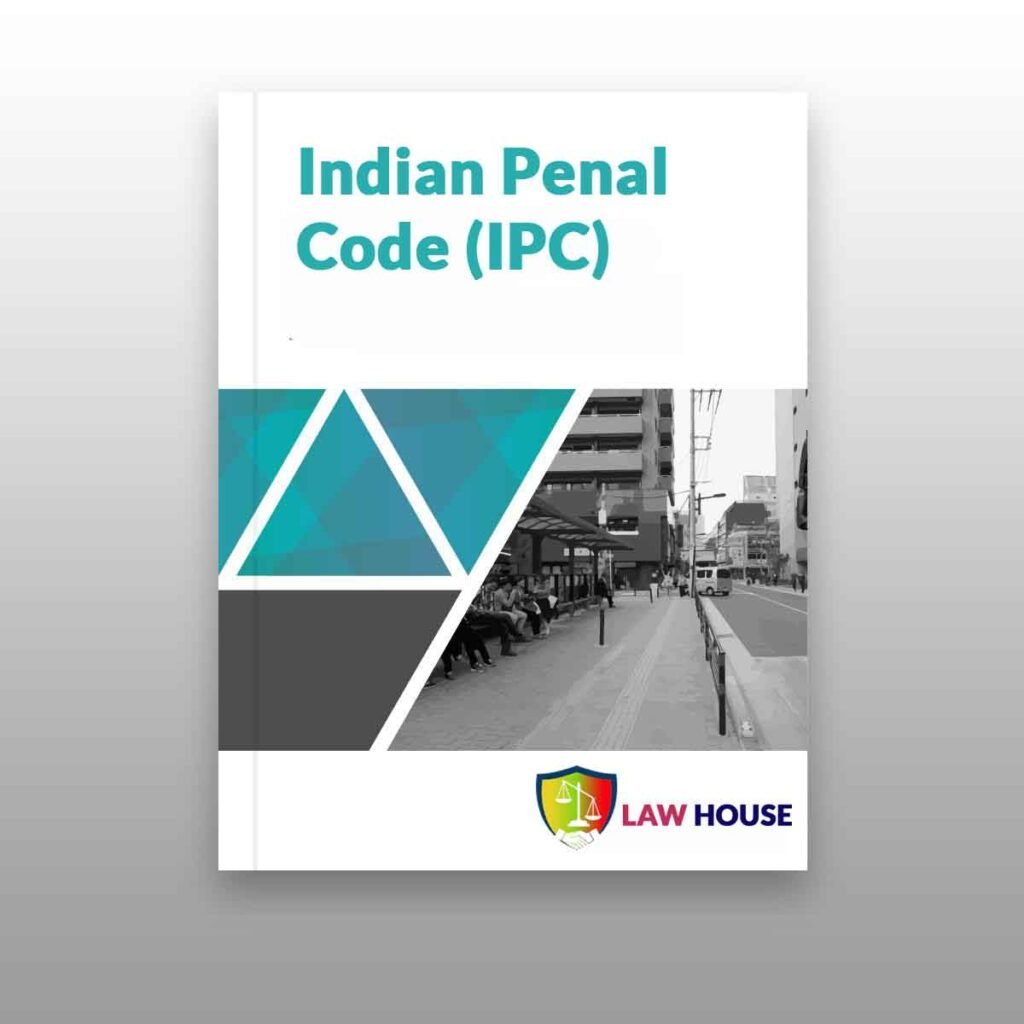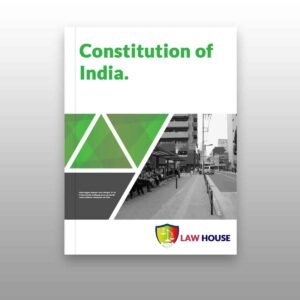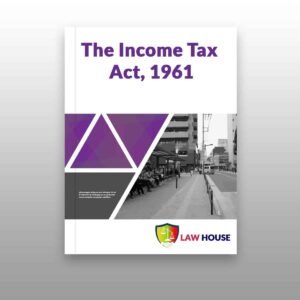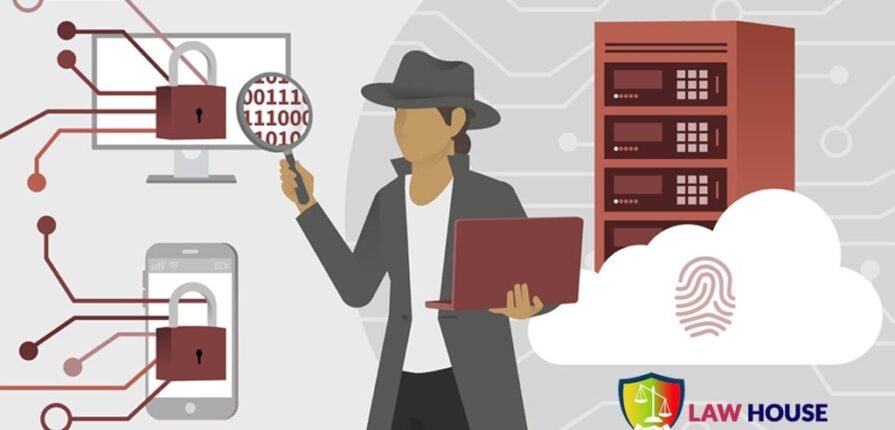The primary law that governs cybercrime in India is the Information Technology Act, 2000 (IT Act), which was amended in 2008. The Act provides a legal framework for dealing with electronic transactions and cybercrime. Some of the key provisions of the IT Act include:
- Unauthorized access: It is illegal to gain unauthorized access to a computer system, network or database.
- Hacking: It is illegal to hack or attempt to hack a computer system or network.
- Identity theft: It is illegal to steal someone’s identity, or to use someone else’s identity to commit a crime.
- Cyberstalking and harassment: It is illegal to use the internet to harass, intimidate, or threaten someone.
- Online fraud: It is illegal to engage in fraud or deception through electronic means.
- Distribution of pornographic content: It is illegal to create, distribute or possess pornographic material involving minors.
- Protection of personal data: The IT Act includes provisions for the protection of personal data and privacy.
The IT Act also establishes a Cyber Appellate Tribunal to hear appeals against decisions of the Adjudicating Officer under the Act.

Download the Information Technology Act, 2000.
In addition to the IT Act, other laws such as the Indian Penal Code (IPC) and the Protection of Children from Sexual Offences (POCSO) Act also apply to cybercrime. The government has also established specialized cybercrime police units and cybercrime cells to investigate and prosecute cybercrimes.
Legal Provisions Under Various Laws
Although a comprehensive regulatory framework with regard to laws governing the cyber space, particularly such acts is yet to be framed, there exists certain legal provisions under various Statutes which can come in aid of a person who is a victim of cyber violence.
1. The Indian Penal Code, 1860
Prior to 2013, no law directly dealing with online harassment or crimes pertaining to women in the cyber space. The 2013 Criminal Amendment Act to the Indian Penal Code, 1860 by way of Section 354A to Section 354D
- Section 354A: A man committing any of the following acts – a demand or request for sexual favours; or showing pornography against the will of a woman; or making sexually coloured remarks, shall be guilty of the offence of sexual harassment, may be punished with rigorous imprisonment for a term which may extend to three years, or with fine, or with both. In case of the first two and with imprisonment of either description for a term which may extend to one year, or with fine, or with both.
- Section 354C defines ‘Voyeurism’ as including the act of capturing the image of a woman engaging in a private act, and/or disseminating said image, without her consent. For the act to qualify as ‘Voyeurism’, the circumstances must be such where the woman would “usually have the expectation of not being observed either by the perpetrator or by any other person at the behest of the perpetrator”. A person convicted under this section is liable to be punished with fine as well as imprisonment up to three years on first conviction and seven years on subsequent convictions.
- Section 354D introduced a provision for stalking which also covers cyber stalking. Stalking has been defined to mean an act where a man follows or contacts a woman, despite clear indication of disinterest to such contact by the woman, or monitors the cyber activity or use of the Internet or electronic communication of a woman. A man committing the offence of stalking would be liable for imprisonment up to three years for the first offence, and shall also be liable to fine and for any subsequent conviction would be liable for imprisonment up to five years and with fine.

Download the Indian Penal Code e-Book
Other than the specific amendments that have been made to the Code, there exist certain other provisions under which cyber crimes may be reported or the accused may be charged. These are:-
- Section 499: To defame a person is to do an act with the intention of harming the reputation of the person. Defamation by publication of visible representations of an imputation concerning the woman, when done with the intention to harm her reputation, is punishable with imprisonment for a term, which may extend to two years, or with fine, or both.
- Section 503: Threats made to any person with injury to her reputation, either in order to cause alarm to her, or to make her change her course of action regarding anything she would otherwise do/not do is punishable as criminal intimidation. The act of blackmailing a person on the internet, as was done in the case mentioned above can be brought within the ambit of this provision.
- Section 507: This provision provides the quantum of punishment for Criminal Intimidation when the same is by a person whose identity is not known to the victim. Any anonymous communication, which amounts to criminal intimidation under Section 503 stated above, is punishable under this section.
- Section 509: Any person who utters any word or makes any sound or gesture, or exhibits any object with the intention that such word, sound or gesture or object be heard or seen by a woman and insult her modesty, or intrudes a privacy, may be charged under this section and imprisoned for a term that may extend to 3 years and also with fine. Instances of lewd comments or remarks made over the Internet, or other explicit images and content forcibly shared over the web may be penalized under this section.
2. The Information Technology Act, 2000 as amended by the Information Technology Act, 2008
- Section 66C of the IT Act makes identity theft a punishable offence. Instances of cyber hacking would be covered by this provision. Under this provision, whoever, fraudulently or dishonestly make use of the electronic signature, password or any other unique identification feature of any other person, shall be punished with imprisonment of either description for a term which may extend to three years and shall also be liable to fine which may extend to rupees one lakh.
- Section 66E of the IT Act deals with the violation of the privacy of a person. Capturing, publishing or transmitting the image of a private area of any person without her consent, under circumstances violating her privacy, is punishable with imprisonment, which may extend to three years, and/or fine.
- Section 67 prohibits, and punishes with imprisonment extending up to three years and fine for first conviction and to five years and fine upon second conviction, the publication, transmission and causing of transmission of obscene content. Obscene content has been defined in the same manner as in Section 292 of IPC, and therefore the test of obscenity is to be the same as under that provision
- Section 67A makes the publication, transmission or causing of transmission of sexually explicit material punishable with imprisonment extending up to five years and fine for first conviction and to seven years and fine upon second conviction.
- Section 67B makes publication/transmission of sexually explicit content depicting children punishable.
Download Information Technology Amendment Act, 2008

3. Indecent Representation Of Women (Prohibition) Bill, 2012
- The Indecent Representation of Women (Prohibition) Act regulates and prohibits the indecent representation of women through the media of advertisements, publications etc. The Indecent Representation of Women (Prohibition) Amendment Bill, 2012 seeks to broaden the scope of the law to cover the audio-visual media and content in electronic form, and distribution of material will also include distribution on the Internet and the portrayal of women over the web.


















![Honey trap in Cybercrime: A to Z guide Exploring Honey Trap in Cyberspace [With Video]](https://www.lawhousekolkata.com/wp-content/uploads/Post-Images/Honey-Trap-300x169.jpg)










































